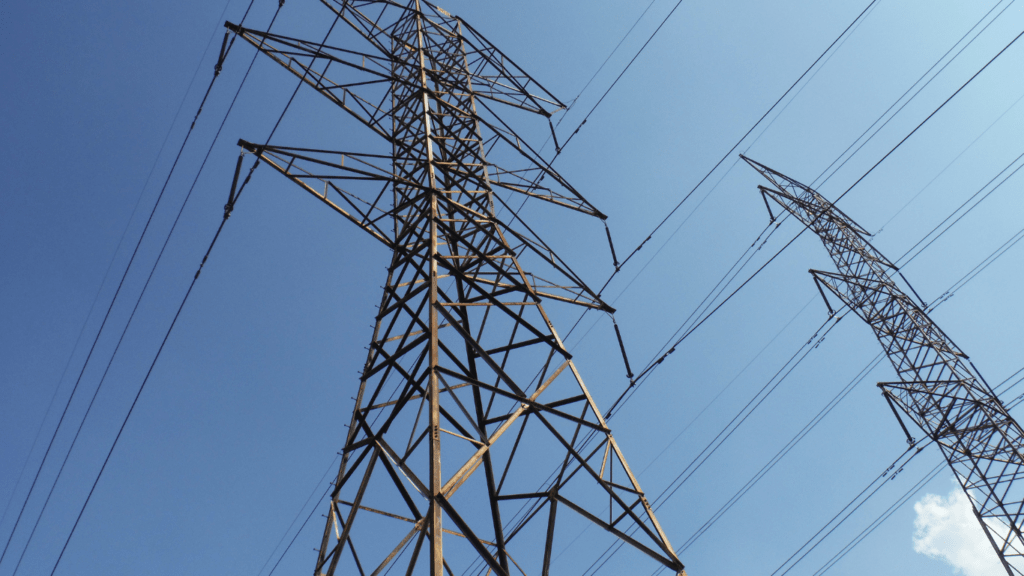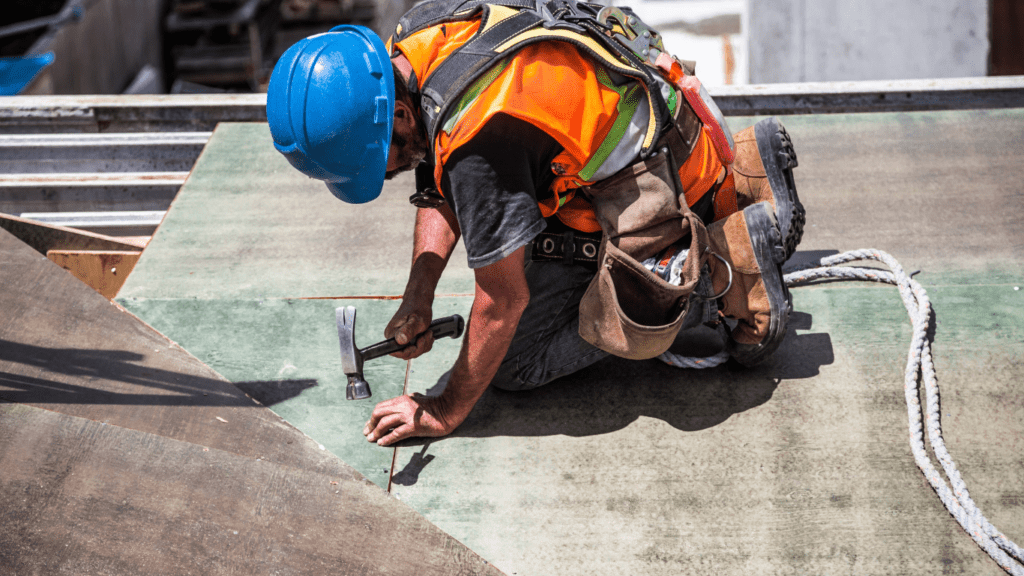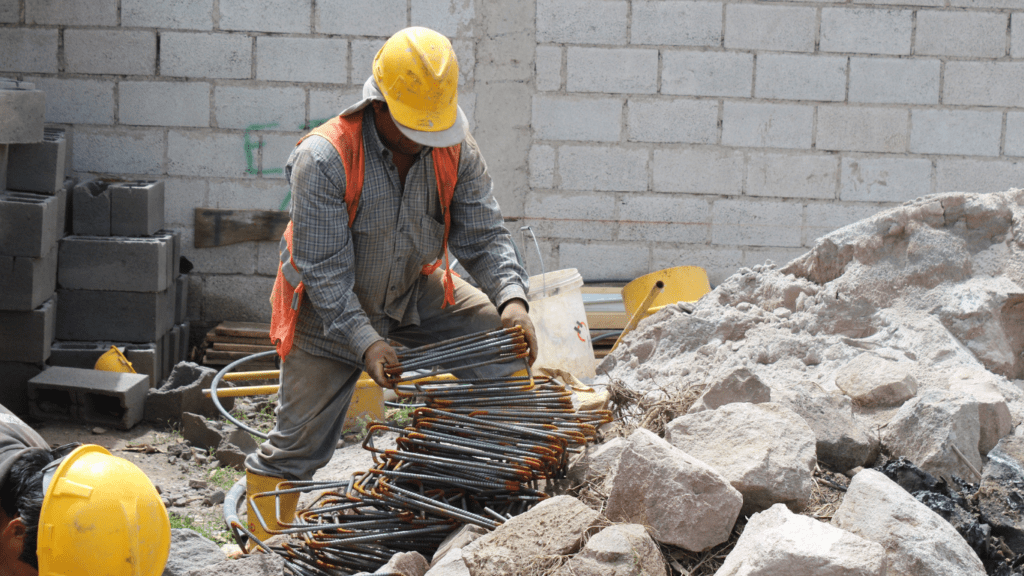Looking to save money on your energy bills while reducing your carbon footprint? I’ve got you covered. In this article, I’ll share practical tips on how to make your home more energy efficient without breaking the bank.
From simple DIY projects to smart upgrades, I’ll show you how to transform your space into an eco-friendly haven. Whether you’re a seasoned environmental enthusiast or just looking to cut costs, making your home energy efficient is a win-win.
By implementing these budget-friendly solutions, you’ll not only lower your utility bills but also contribute to a greener planet. Stay tuned for easy-to-follow advice that will make your home more sustainable and efficient in no time.
Benefits of Energy-Efficient Homes
Enhancing home energy efficiency brings numerous advantages beyond cost savings and environmental impact. Energy-efficient homes offer various benefits that can positively impact your lifestyle and overall well-being.
Here are some key advantages of having an energy-efficient home:
- Sustainable Living: Energy-efficient homes promote sustainable living practices, reducing your carbon footprint and contributing to environmental conservation efforts. By consuming less energy, you actively participate in sustainable initiatives.
- Improved Comfort: Energy-efficient upgrades enhance the comfort level in your home by reducing drafts, regulating indoor temperatures more effectively, and ensuring consistent warmth or coolness throughout the year. This results in a more pleasant living environment for you and your family.
- Health Benefits: Energy-efficient homes often feature improved indoor air quality due to proper ventilation and filtration systems. Cleaner air quality can lead to better respiratory health, reduced allergies, and overall well-being for everyone in the household.
- Long-Term Savings: While the immediate benefit of energy-efficient features is lower utility bills, the long-term savings can be substantial. Investing in energy efficiency can lead to significant cost savings over time, making it a smart financial decision for homeowners.
- Increased Property Value: Energy-efficient homes are in high demand in the real estate market. By making your home more energy efficient, you can increase its resale value and attract potential buyers who prioritize sustainable living and lower utility costs.
- Government Incentives: In many regions, there are government incentives and rebates available for homeowners who implement energy-efficient upgrades in their homes. These incentives can help offset the initial cost of improvements and make energy-efficient solutions more affordable.
- Enhanced Durability: Energy-efficient upgrades often involve using high-quality materials and technologies that increase the durability and longevity of your home’s systems and components. This can reduce maintenance costs and improve the overall resilience of your property.
By considering these benefits, you can see how transforming your home into an energy-efficient space is not only a wise financial decision but also a step towards a more sustainable and comfortable lifestyle.
Simple Changes to Save Energy
When it comes to saving energy and reducing costs, a few simple adjustments can go a long way. Let’s explore some easy changes you can make in your home to increase energy efficiency without breaking the bank.
Upgrade to LED Lighting
Switching to LED lights is a cost-effective way to save energy. LED bulbs use up to 80% less energy than traditional incandescent bulbs and last much longer. By replacing your most-used lights with LEDs, you can see a noticeable difference in your energy consumption and reduce your electricity bills.
Seal Air Leaks
One common source of energy waste in homes is air leaks around windows, doors, and other openings. By sealing these gaps with weatherstripping or caulking, you can prevent warm or cool air from escaping, making your home more comfortable and efficient.
This simple and inexpensive solution can lead to significant savings on heating and cooling costs.
Use Energy-Efficient Appliances
Upgrading to energy-efficient appliances, such as refrigerators, washing machines, and dishwashers, can make a big difference in your home’s energy consumption. Look for appliances with the ENERGY STAR label, which indicates they meet strict energy efficiency guidelines.
These appliances use less energy, saving you money on utility bills while reducing your environmental impact.
Cost-Effective Home Upgrades
When it comes to making your home more energy efficient, there are several cost-effective upgrades that can deliver significant savings on your energy bills. Let’s delve into some simple and budget-friendly solutions that can enhance the energy efficiency of your home without breaking the bank.
Upgrading to LED Lighting:
Switching to LED lighting is a straightforward and effective way to reduce energy consumption in your home. LED bulbs use up to 80% less energy than traditional incandescent bulbs and last much longer. By making this simple switch, you can enjoy noticeable savings on your electricity bills while also benefiting from the longevity of LED bulbs.
Sealing Air Leaks with Weatherstripping:
One of the most cost-effective ways to improve energy efficiency is by sealing air leaks around windows and doors. By using weatherstripping or caulking to seal these gaps, you can prevent warm or cool air from escaping your home, leading to improved comfort and lower energy usage.
This simple upgrade not only enhances energy efficiency but also helps maintain a more consistent indoor temperature.
Upgrading to ENERGY STAR Appliances:
Investing in energy-efficient appliances can make a significant difference in reducing your household energy consumption. Look for appliances with the ENERGY STAR label, as they are designed to consume less energy while maintaining high performance.
By upgrading to energy-efficient appliances, you can lower your utility costs, minimize your environmental impact, and enjoy the benefits of modern, eco-friendly technology. By implementing these cost-effective home upgrades, you can take meaningful steps towards creating a more energy-efficient and sustainable home environment.
These simple yet impactful solutions not only help you save money on energy bills but also contribute to a greener and more eco-conscious lifestyle.
Ways to Maximize Energy Savings
Expanding on the energy-efficient home improvements discussed, I’d like to present additional strategies to maximize energy savings effectively. By implementing these simple yet impactful changes, you can further enhance your home’s efficiency while keeping costs low.
- Opt for Programmable Thermostats: Using programmable thermostats allows you to adjust your home’s temperature based on your schedule. By setting lower temperatures in winter and higher ones in summer when you’re away or asleep, you can save on heating and cooling costs without compromising comfort.
- Harness Solar Power: Installing solar panels can significantly reduce your reliance on traditional energy sources. While the initial investment may seem daunting, the long-term savings on electricity bills and potential tax incentives make it a financially sound decision. Plus, you’ll be contributing to a greener environment.
- Unplug Electronics When Not in Use: Many electronics continue to draw power even when turned off, leading to “phantom” energy consumption. Unplugging devices or using power strips that can be easily switched off can prevent this unnecessary energy drain and lower your electricity bill.
- Utilize Natural Light: Maximizing natural light in your home reduces the need for artificial lighting, cutting down on electricity usage. Keep blinds and curtains open during the day to let sunlight in, and consider light-colored interior décor to reflect and amplify natural light.
- Upgrade Insulation: Proper insulation in your home helps maintain a consistent indoor temperature, reducing the workload on your heating and cooling systems. Insulating attics, walls, and floors can prevent heat loss in winter and heat gain in summer, leading to significant energy savings throughout the year.
By incorporating these energy-saving practices into your home, you can optimize its efficiency without breaking the bank. These budget-friendly strategies not only benefit your finances but also contribute to a more sustainable lifestyle.



